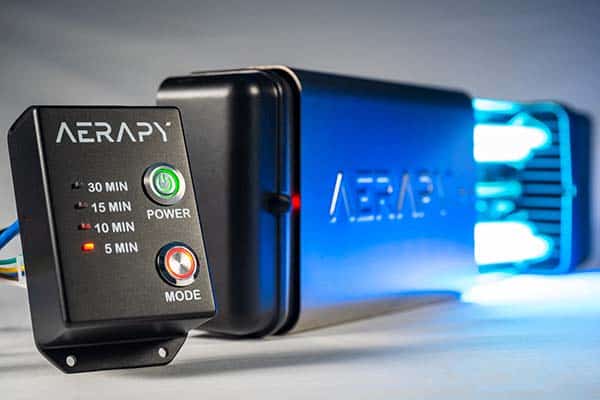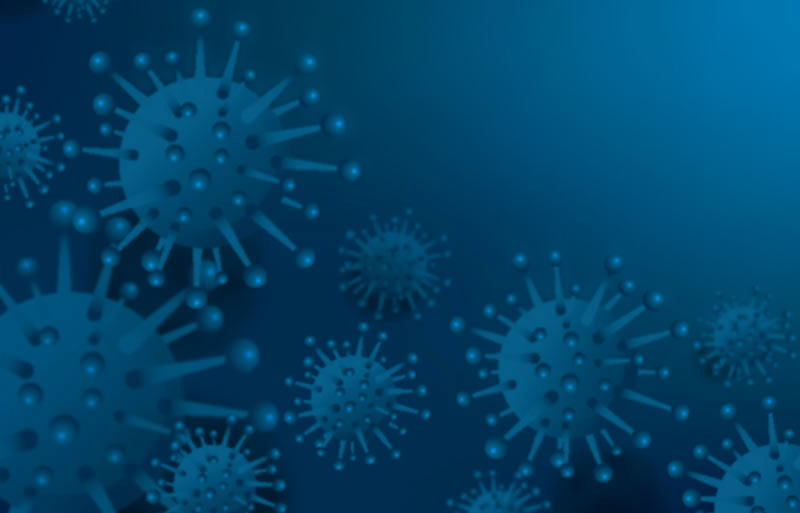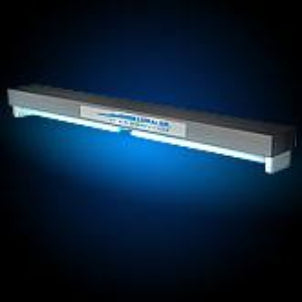Letting loose the Power of UV Surface Disinfection: Protecting Versus Harmful Pathogens
Letting loose the Power of UV Surface Disinfection: Protecting Versus Harmful Pathogens
Blog Article
UV Sanitation: The Cutting-Edge Modern Technology Changing Sanitation Practices
In the realm of cleanliness practices, one innovation has actually emerged as a game-changer: UV disinfection. With its ability to get rid of hazardous microorganisms, this innovative technology is revolutionizing the way we come close to sanitation and health. Just how does UV sanitation work, and what are the advantages it offers? From healthcare settings to food handling, UV disinfection is making its mark in numerous industries. In this conversation, we will certainly discover the ins and outs of this transformative innovation and look ahead to its encouraging future.
How UV Sanitation Functions
UV sanitation works by making use of ultraviolet light to destroy or suspend microorganisms, providing a chemical-free and very effective approach of sanitation. This technology takes advantage of the power of short-wavelength UV-C light, which can damaging the DNA and RNA of bacteria, thus rendering them not able to cause and recreate harm.
The process starts with the installment of UV disinfection systems, which contain UV lights that send out UV-C light. These lamps are tactically placed in locations where microbial contamination is a concern, such as water therapy plants, healthcare facilities, research laboratories, and food handling facilities.
When bacteria are subjected to UV-C light, the photons penetrate their cell walls and get to the DNA and RNA inside. The high-energy UV-C photons interfere with the genetic material by producing bonds between nearby nucleotides, causing the formation of thymine dimers. These dimers prevent the bacteria from replicating, rendering them safe.
UV disinfection is extremely reliable versus a large range of microorganisms, including viruses, microorganisms, and parasites. It is specifically efficient against waterborne virus like E. coli, Giardia, and Cryptosporidium. UV disinfection is a chemical-free method, removing the requirement for potentially dangerous anti-bacterials and reducing the threat of unsafe sanitation by-products.
Benefits of UV Disinfection
UV disinfection supplies many benefits in the field of cleanliness, making it an extremely chosen technique for properly removing unsafe bacteria. Among the essential benefits of UV sanitation is its capability to give a chemical-free solution. Unlike traditional sanitation techniques that depend on chemicals, UV sanitation utilizes ultraviolet light to ruin the DNA of bacteria, providing them not able to reproduce and cause infections. This not just gets rid of the requirement for possibly unsafe chemicals however additionally minimizes the risk of chemical deposit on surface areas.

UV sanitation is likewise very versatile in its applications. It can be used in numerous setups, consisting of health centers, colleges, food processing centers, and water treatment plants. UV disinfection systems can be conveniently incorporated right into existing sanitation methods, giving an additional layer of security versus transmittable conditions.
Along with its performance and adaptability, UV disinfection is additionally eco pleasant. It does not create any type of hazardous results or residues, making it a risk-free and sustainable approach for sanitation - uv surface disinfection. In addition, UV sanitation requires marginal maintenance and has a lengthy life-span, causing price savings in the future.
UV Disinfection in Healthcare Settings
In medical care settings, UV sanitation has actually arised as a revolutionary technique for efficiently getting rid of unsafe bacteria. UV disinfection functions by sending out ultraviolet light at a certain wavelength that is dangerous to bacteria, infections, and other microbes.
First of all, UV disinfection is a non-chemical approach, making it an ecologically pleasant option compared to typical sanitation techniques that typically entail making use of extreme chemicals. see this site Making use of UV light eliminates the demand for chemical disinfectants, decreasing the threat of unsafe residue or chemical exposure to both people and health care workers.
Furthermore, UV disinfection is highly efficient in eliminating a wide variety of bacteria, including drug-resistant bacteria such as MRSA and C. difficile. It offers a consistent and reliable disinfection process, making sure that all surfaces and equipment are extensively decontaminated, even in hard-to-reach areas.

UV Disinfection in Food Processing
The application of UV sanitation prolongs beyond medical care settings and discovers considerable worth in the world of food processing. uv surface disinfection. UV sanitation modern technology is coming to be significantly prominent in the food market as a result of its ability to efficiently remove harmful pathogens and boost food security
One of the main benefits of UV sanitation in food processing is its ability to target a wide variety of microbes, consisting of infections, microorganisms, and mold and mildews. By utilizing UV light at specific wavelengths, it is feasible to disrupt the DNA and RNA of these virus, providing them not able to recreate or cause harm. This modern technology can be related to various stages of the food processing chain, including surface area disinfection, tools sterilization, and water therapy.
UV disinfection provides a non-thermal and chemical-free technique of disinfecting foodstuff. Unlike standard disinfection approaches that depend on chemicals or heat, UV innovation does not leave any residue or modify the preference, texture, or nutritional worth of the food. This makes it a perfect service for industries that call for strict adherence to quality standards.
Moreover, UV disinfection systems are easy to mount and operate, calling for minimal maintenance. They can be integrated into existing processing lines without creating considerable disturbances to the production procedure. In addition, UV systems have a quick therapy time, enabling continual processing and decreasing downtime.
The Future of UV Disinfection

One location where UV disinfection is anticipated to make significant innovations is in the area of healthcare. With the rise of antibiotic-resistant germs and the requirement for extra effective sanitation methods, UV light has the possible to play an essential role in lowering healthcare-associated infections. UV disinfection systems can be used to sanitize surfaces, devices, and even the air in medical care centers, aiding to stop the spread of dangerous virus and boost individual safety and security.
Another sector why not check here that can profit from developments in UV sanitation innovation is the food sector. UV light has already proven to be an effective approach for decontaminating food and decreasing the danger of foodborne illnesses. As technology enhances, we can expect to see extra effective and affordable UV sanitation systems being implemented in food processing plants, guaranteeing that the food we consume is secure and without harmful germs.
Final Thought
In conclusion, UV sanitation is an advanced modern technology that is transforming hygiene practices in health care settings and food handling. By utilizing UV light to kill or shut off microorganisms, it supplies various benefits such as effectiveness, performance, and security. With recurring improvements in this field, UV sanitation holds excellent potential for the future of sanitation, giving a dependable and sustainable solution for preserving tidy and hygienic settings.
UV sanitation is a chemical-free approach, eliminating the demand for possibly hazardous anti-bacterials and minimizing the threat of unsafe sanitation by-products.
Unlike traditional sanitation approaches that depend on chemicals, UV disinfection uses ultraviolet light to destroy the DNA of microorganisms, providing them not able to recreate and create infections. Unlike traditional sanitation techniques that depend on chemicals or warmth, UV innovation does not leave any type of deposit or modify the preference, texture, or dietary worth of the food. As modern technology enhances, we can anticipate to see much more effective and economical UV disinfection systems being carried out in food handling plants, making certain that the food we consume is safe and cost-free from hazardous bacteria.
In published here conclusion, UV disinfection is a sophisticated innovation that is transforming cleanliness methods in medical care settings and food processing.
Report this page